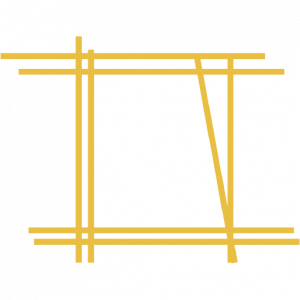
Production Stages of Model Parts
Model making is carried out as a sequential process in a workshop environment. Projects prepared in the architectural design office are shared with the Architectural Model Office. The scale of the architectural model is determined in line with the size of the design to be made and the details to be shown, and the model is taken into the manufacturing process by our project team.
The design and drawing stages of the model are customized according to the needs of the customer and the requirements of the project. Each stage is meticulously followed, and a realistic, aesthetic and functional model is created. The design and drawing process, which is carried out using a professional team and appropriate techniques, ensures that a successful model emerges.
The manufacturing process includes the following steps:
Scaling: The design is scaled in accordance with the determined scales. The scale ensures that the model is compatible with reality, and the scaling process requires the proportions to be calculated correctly.
Technical Drawings: The design is converted into technical drawings. At this stage, how the parts of the model will come together, the use of materials, dimensions, details and other technical requirements are determined. These drawings are used in the manufacturing phase of the model.
Material Selection: The materials required for the design are selected by considering aesthetic preferences and functionality. Wood, plastic, metal or other materials are selected in accordance with the design objectives and the requirements of the project.
Production Preparation: The design is prepared for the production phase. The instructions and details required for cutting, bending, gluing or other operations of the parts are determined. At this stage, the production team follows the steps required for the implementation of the design.
Prototype Production: The design is turned into reality by producing a prototype of the model. At this stage, parts are produced using cutting machines, 3D printers or other production tools. The prototype is used to test the accuracy and functionality of the design.
Detailing and Painting: Necessary detailing is done on the prototype. Additional detail parts are added, the surfaces are smoothed and the painting process is applied. Colors are selected according to the requirements of the project and the aesthetic preferences of the design.
Assembly: The parts are brought together and the model is assembled. Gluing, screwing or other assembly methods are used. At this stage, precision is important for the correct placement of the details and the stability of the model.
Final Control and Revision: The completed model goes through a final control process. If there are any errors or deficiencies in the design or production, necessary revisions are made. The model is carefully examined to ensure that it meets the required quality and standards.
Presentation and Delivery: The completed model is made ready to be presented to the customer. It is displayed on a suitable platform for presentation and supported with other visual materials (animations, brochures, presentations) if necessary. Finally, the model is delivered to the customer and the project is completed.

